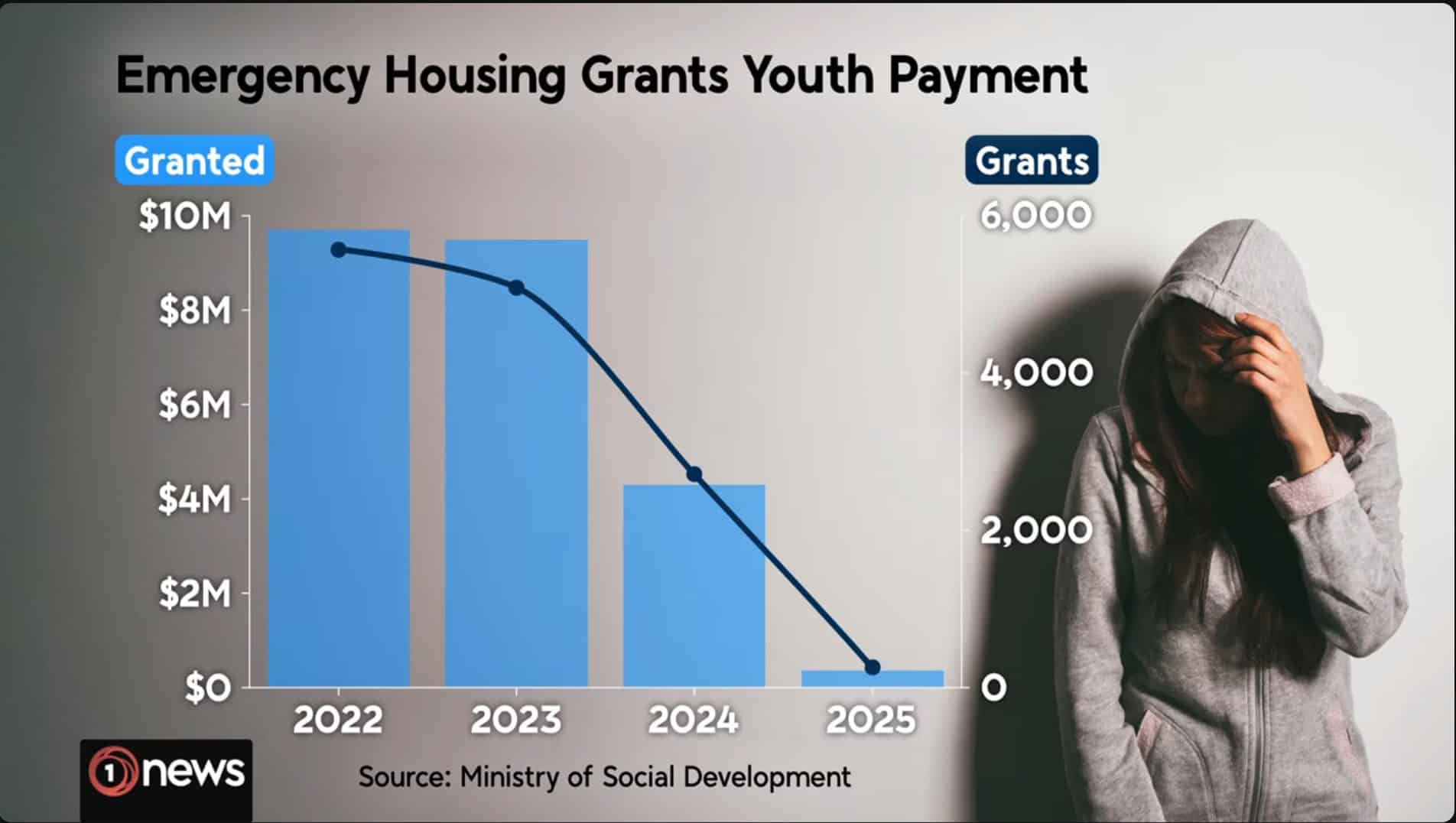Now Reading: How a Clueless Government is Wrecking a Jobless Economy
-
01
How a Clueless Government is Wrecking a Jobless Economy

How a Clueless Government is Wrecking a Jobless Economy
Navigating a jobless economy can be incredibly challenging, and recent economic data suggests New Zealand is in a difficult position. The current government, led by Christopher Luxon, has claimed it inherited a failing economy and is working to fix it. However, a closer look at the data shows that inflation was already declining when they took office.
A Closer Look at the Data
When the National government took power, they claimed the previous Labour government left them with an out-of-control economy marked by high inflation. However, inflation was already on a downward trend. For example, the quarterly inflation rate was only 0.5% in the last quarter of 2023, and the annual rate was 4.7% in December 2023, down from 5.6% just a few months earlier.
The high inflation seen in late 2023 was part of a broader global trend following the COVID-19 pandemic. Most developed countries experienced similar inflationary pressures due to the large-scale support measures put in place to protect jobs and businesses. By the time the new government was in office, these inflationary pressures were already easing.
Despite this, the government has implemented policies that critics argue have worsened the situation. For instance, the mass sacking of public servants, the virtual shutdown of the construction industry, and a broader approach of austerity have led to a significant increase in unemployment.
The Human Cost of Economic Policy
Unemployment in New Zealand is at a seasonally adjusted rate of 5.2%, the highest since 2020. This means approximately 158,000 people are out of work, with tens of thousands more under-employed—working part-time but wanting more hours.
Adding to the problem, underemployment is on the rise. In the June 2025 quarter, the underutilization rate, which measures unemployed and underemployed people, reached 12.8%. This shows that a significant portion of the workforce is not being used to its full potential.
At the same time, wages are struggling to keep up with the cost of living. Annual wage inflation was just 2.4% in June 2025, while annual inflation was 2.7%. This means that the real value of wages is declining, making it harder for people to afford basic necessities like food, which saw a 4.2% price increase year-over-year.
Stagflation: An Unwelcome Guest
The current economic climate in New Zealand is leading to a dangerous condition known as stagflation, a combination of economic stagnation and high inflation. This happens when policies aimed at stimulating growth are canceled out by measures to control inflation. Businesses, facing rising costs and falling demand, lay off staff, leading to a negative spiral of job losses and further reduced spending.
The government’s response has been to hope the Reserve Bank will cut interest rates to stimulate the economy. However, with many people out of work and others fearful of losing their jobs, a small cut in interest rates is unlikely to be enough to encourage widespread consumer spending.
The combination of rising unemployment and stagnant wages is a harsh reality for many New Zealanders. The high cost of living, coupled with job insecurity, is prompting many, particularly young people, to seek better opportunities abroad. This trend highlights the deep-seated issues currently facing the country’s economy.
The current economic downturn in New Zealand has created a ripple effect that is significantly impacting local charities, particularly food banks and organizations addressing homelessness. As more people face job losses and financial insecurity, these services are seeing a dramatic increase in demand, while their own funding and resources are being stretched thin.
Increased Strain on Local Organizations
Local organizations and charities are on the front lines of this economic crisis. Food banks, in particular, are reporting unprecedented levels of need. A survey by the New Zealand Food Network found that demand for food support has increased by 165% since 2020. This is not just from the unemployed; many people who are working but on low or stagnant wages are also seeking help.
The rising cost of living, coupled with an increase in unemployment, has created a “perfect storm” of food insecurity. Many families are having to cut their food budgets to pay for essentials like rent and power, leading them to rely on food banks for survival. This surge in demand is pushing food banks to their absolute limits, with some even having to cap the number of people they can help each day.
The Rising Tide of Homelessness
The economic climate is also exacerbating the issue of homelessness, especially among youth and young children. As housing affordability worsens and job insecurity grows, more families are being pushed out of stable living situations. This has led to a rise in “severe housing deprivation,” which includes not only people sleeping rough but also those in temporary accommodation, in overcrowded homes, or living in uninhabitable dwellings.
For young people and children, this instability can have devastating, long-term consequences. Experiencing homelessness can disrupt education, worsen mental health, and increase the risk of getting involved in crime. Organizations working to combat youth homelessness are particularly concerned, as a recent budget decision to cut funding for transitional housing will likely leave more young people without a safe place to go.
Funder Fatigue and a Bleak Outlook
The situation for these vital services is made even worse by the strain on their funders. As the cost of living crisis affects everyone, individuals and businesses are less able to donate. This means that at a time of peak demand, the very resources charities rely on are becoming scarcer.
Many charitable organizations depend on grants and contracts, but these funding models are often unstable and require constant reapplication. Without guaranteed, long-term funding, these groups struggle to meet the overwhelming needs of their communities. The combination of soaring demand and dwindling resources creates a grim outlook, with many on the front lines feeling that the situation is not getting better, but is instead becoming far worse as the effects of the jobless economy become more widespread.



















